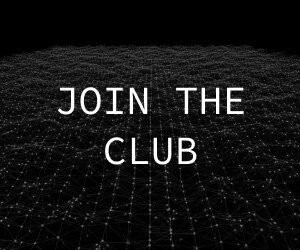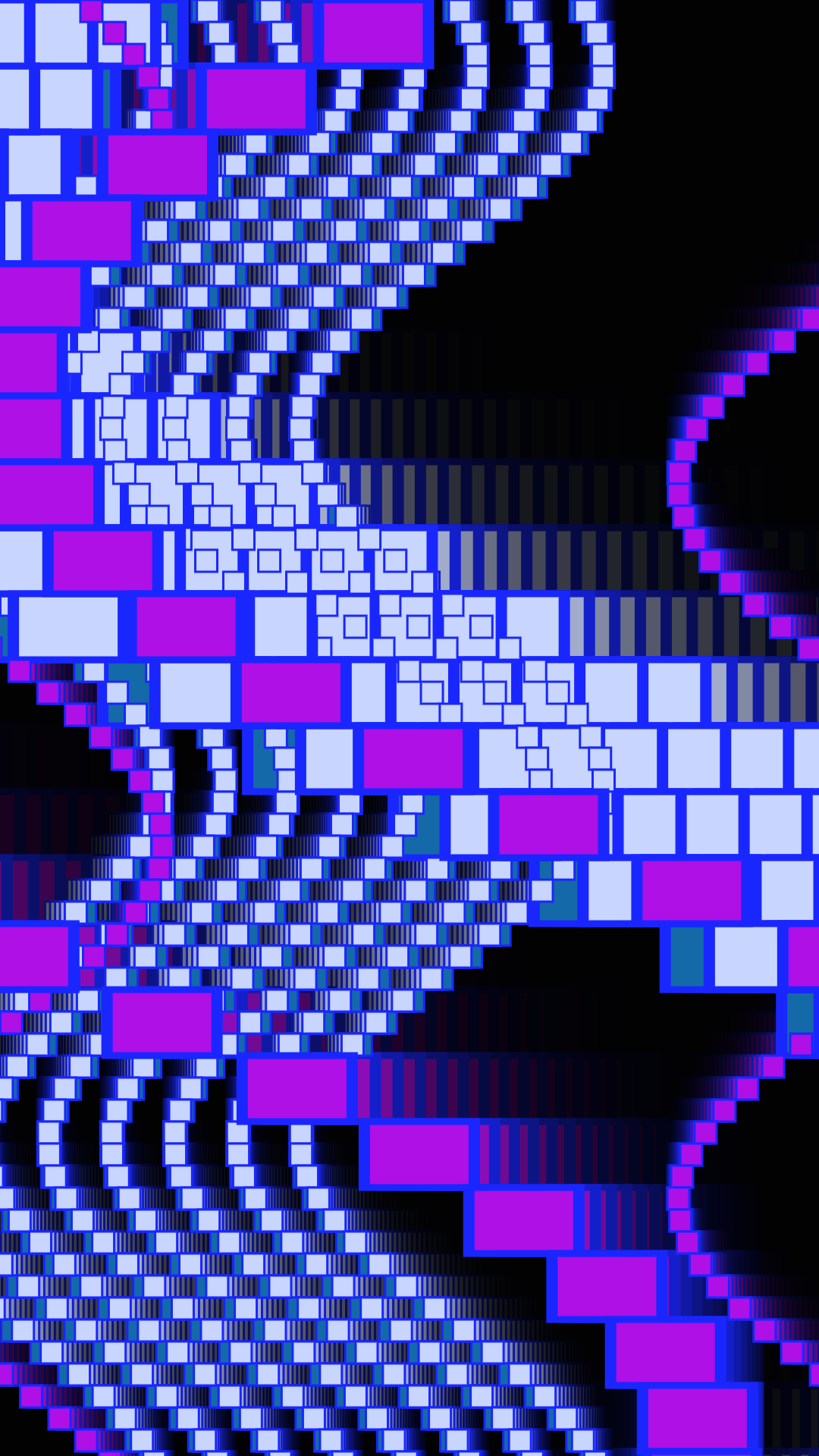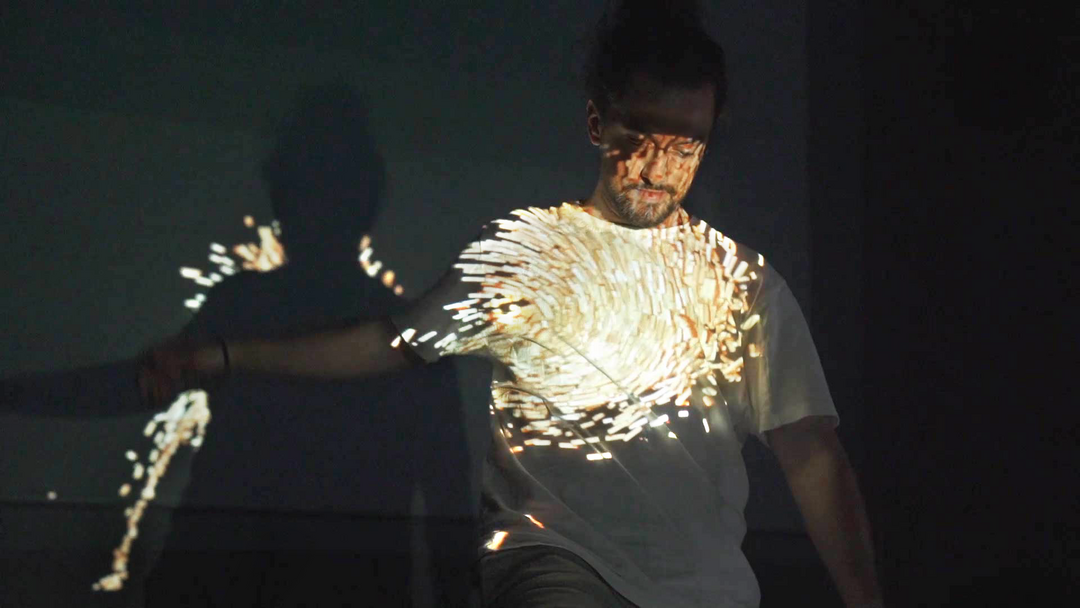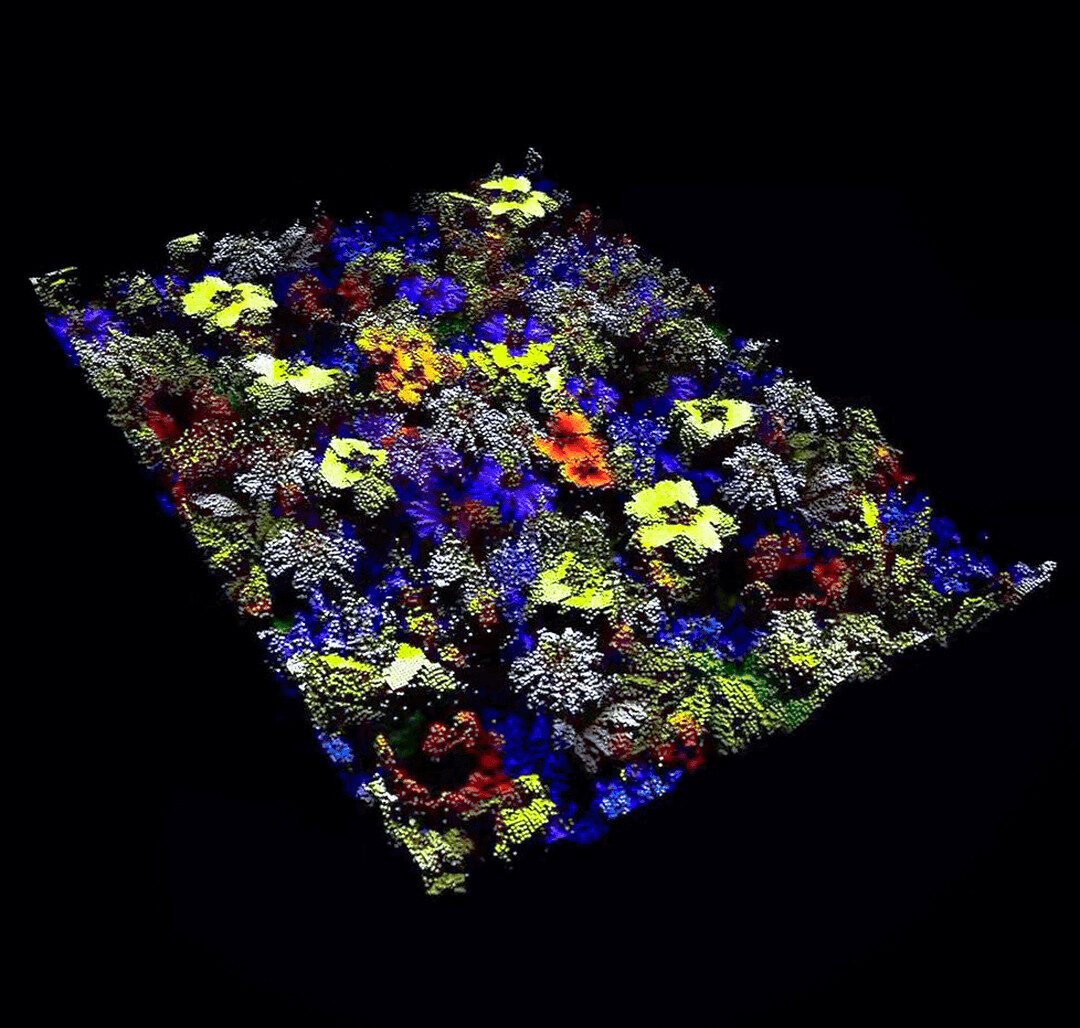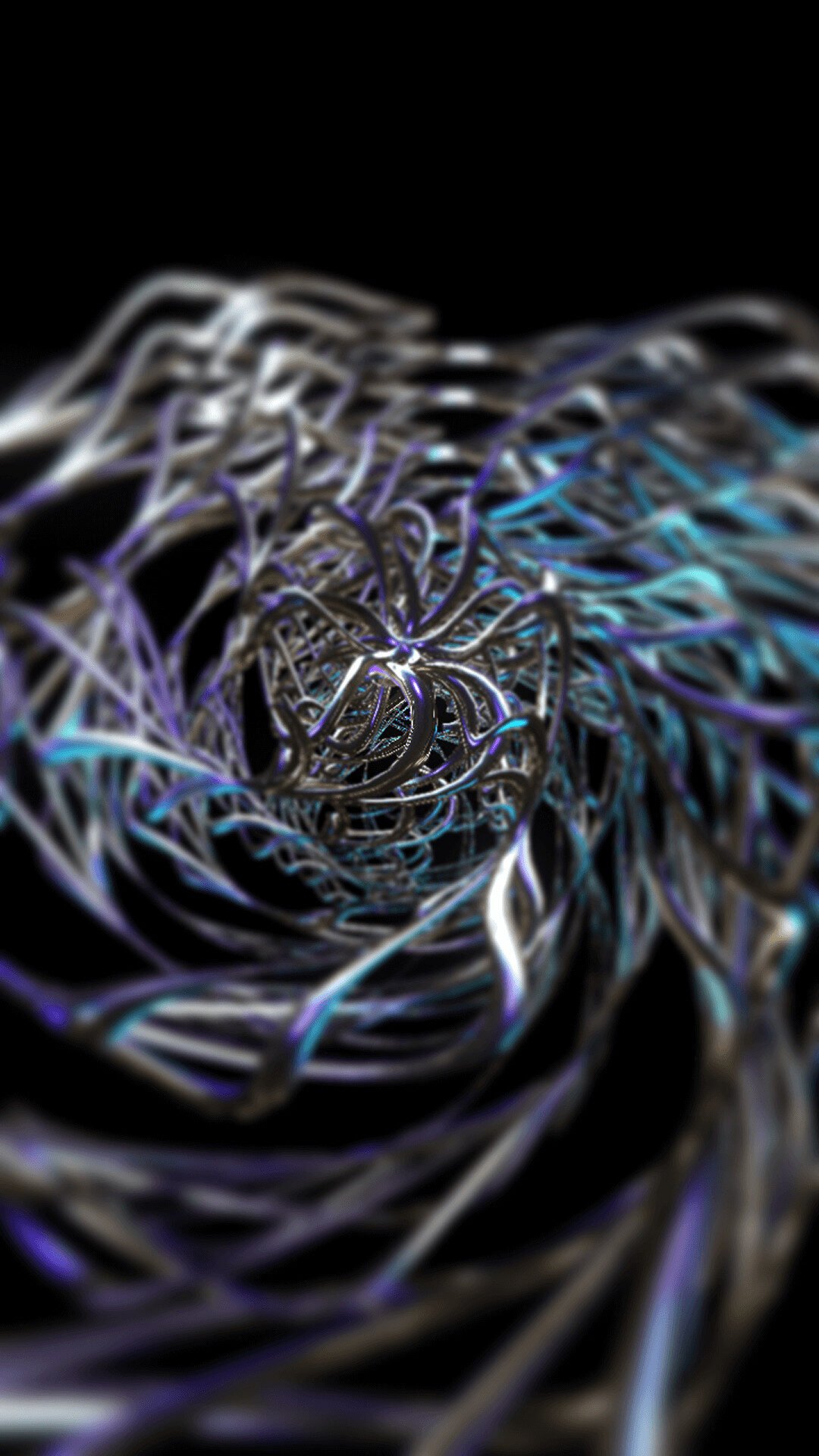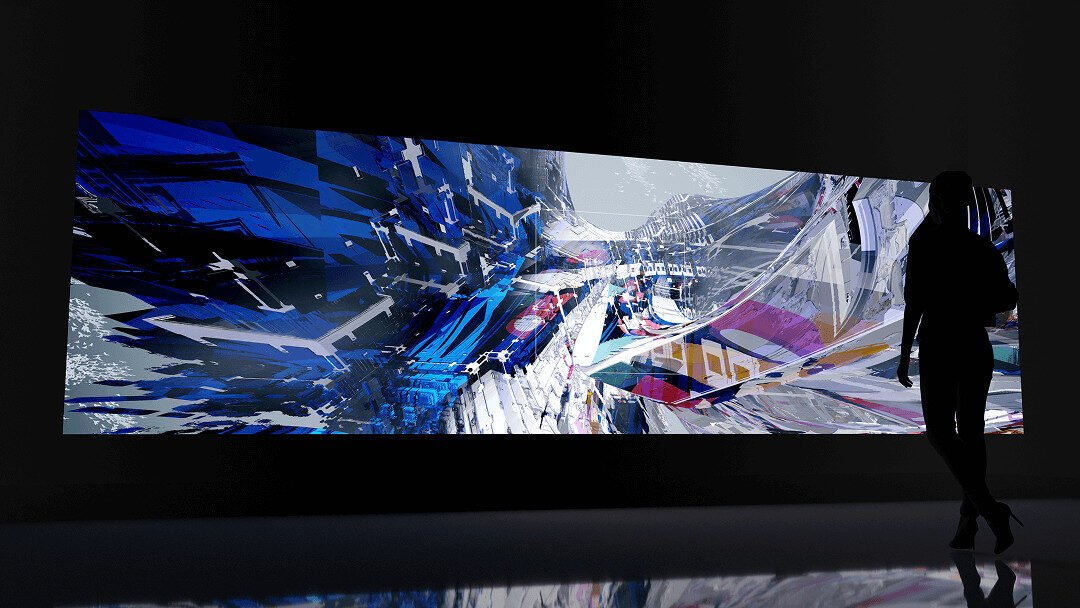Within the creation process, I prefer functional components as opposed to merely aesthetic elements. With my works, I usually love to achieve a certain complexity during the ideation and sketching process, then try to reduce and minimize until there is nothing left to take away from the piece in order to convey its concept and message.
ARTIST BIO
Agoston Nagy specializes in algorithmic art, creating code-based artistic visualizations, physical installations, and real-time sonification using code. In addition to his artistic endeavors, he conducts research exploring decentralized communities, nonhuman intelligence, autonomy, resilience and the liminal web. Having conducted international workshops in computational art, systems thinking, and creative coding practices across the EU, US, Canada, and Asia, Nagy has shared his expertise on a global scale. Formerly a researcher at Kitchen Budapest Media Lab and a lecturer at Moholy-Nagy University of Art and Design in Budapest, his works have been showcased at prestigious institutions such as the Massachusetts Institute of Technology, the Centre for Media Art Karlsruhe (ZKM), EXPANDED.ART Gallery Berlin, Ludwig Museum Budapest among others.
Agoston’s works often bring together a wide range of media and materials, exploring the intersections between code, data, and physical form. From mechanical plotter drawings on paper (Procedural Drawings) to real-time generative audiovisual pieces (m0-n0), his practice frequently incorporates data structures as an active part of the artwork. In re-frame, for example, he works with copyright-free material from the Finnish National Gallery, combining two search queries — “landscape” and “still life” — to generate new hybrid compositions.
By merging these sources, the piece transforms computational space into a kind of metaphysical environment, where outdoor, indoor, and imagined locations converge.
- Web: https://entangled.tools/
- Instagram: 0xstc
- X: _stc

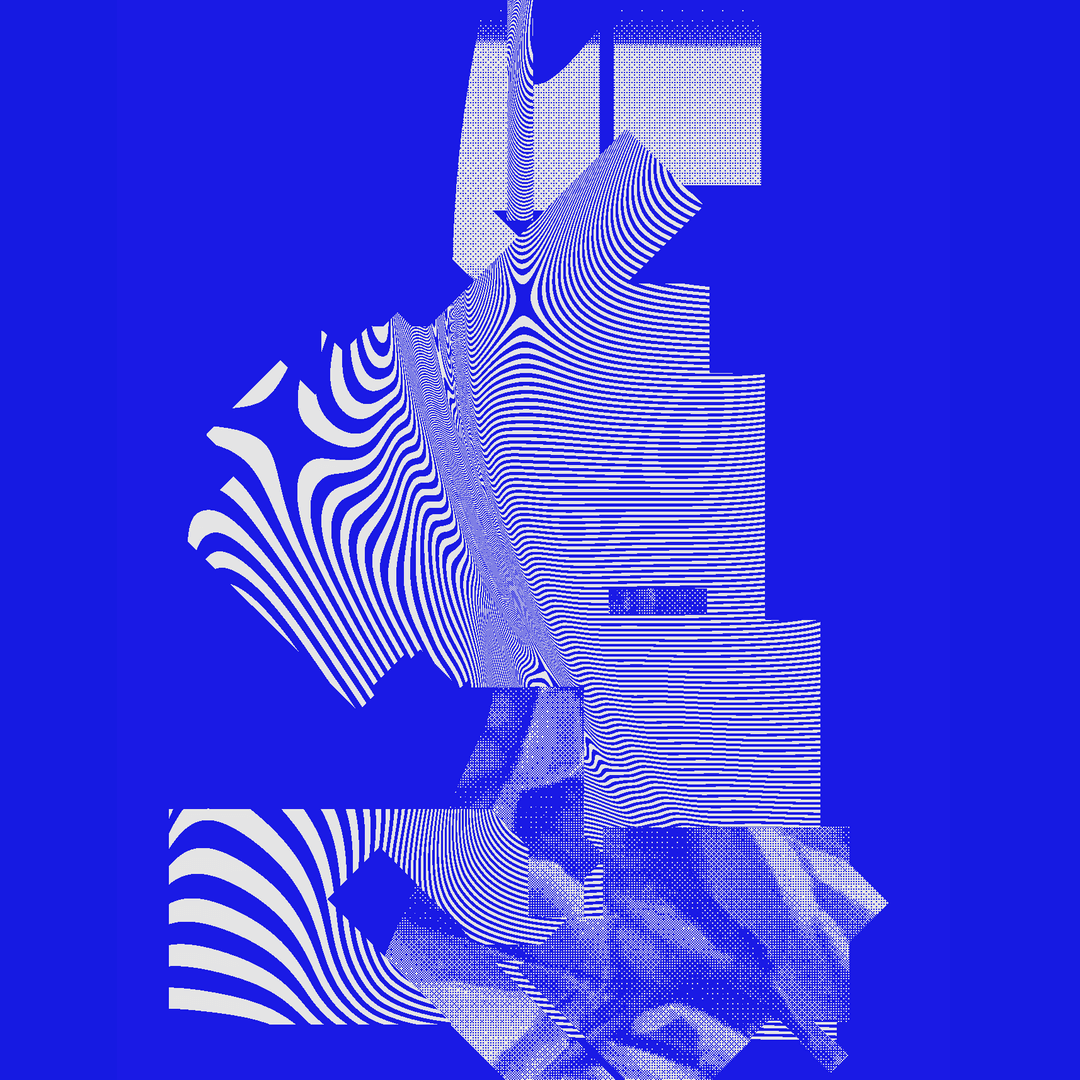
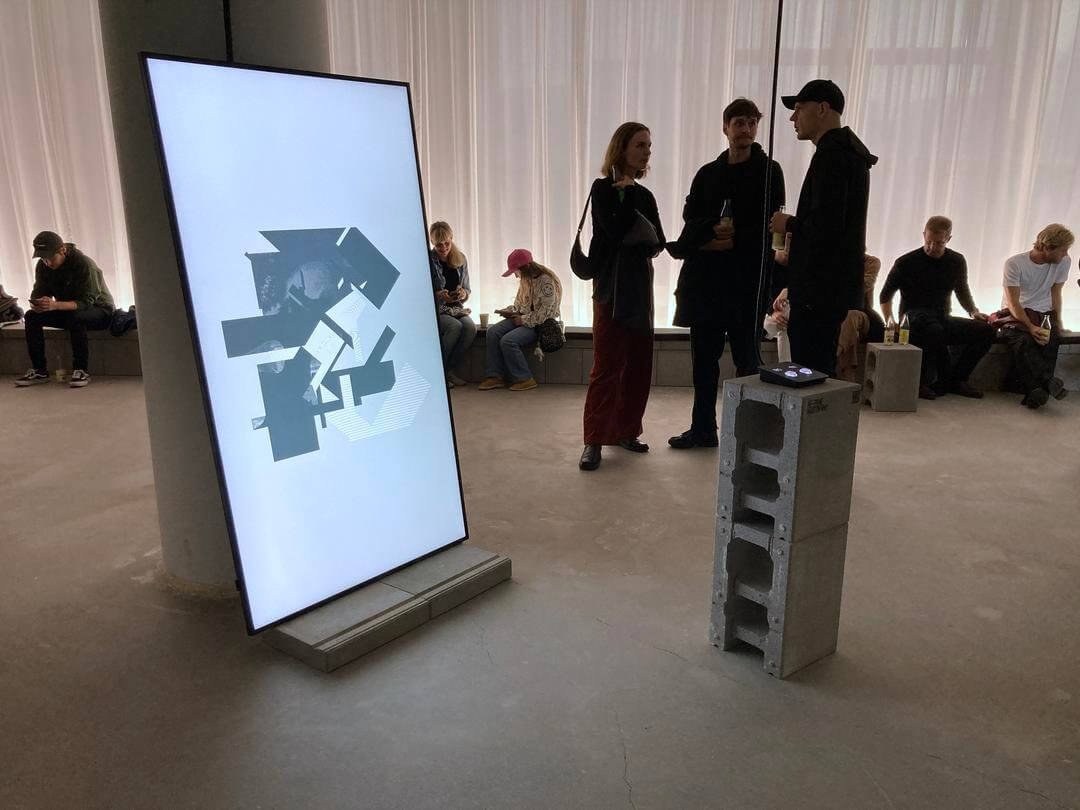
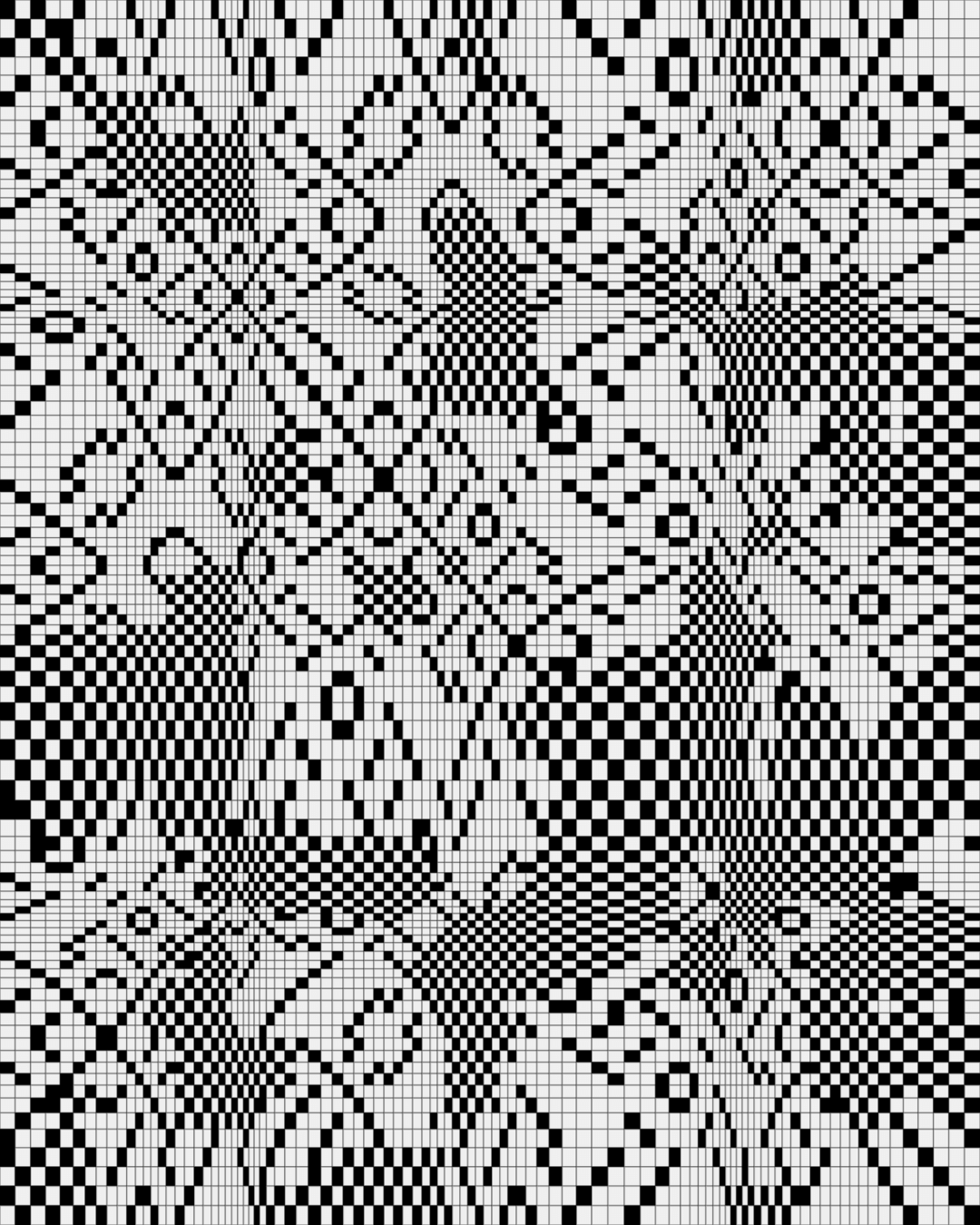
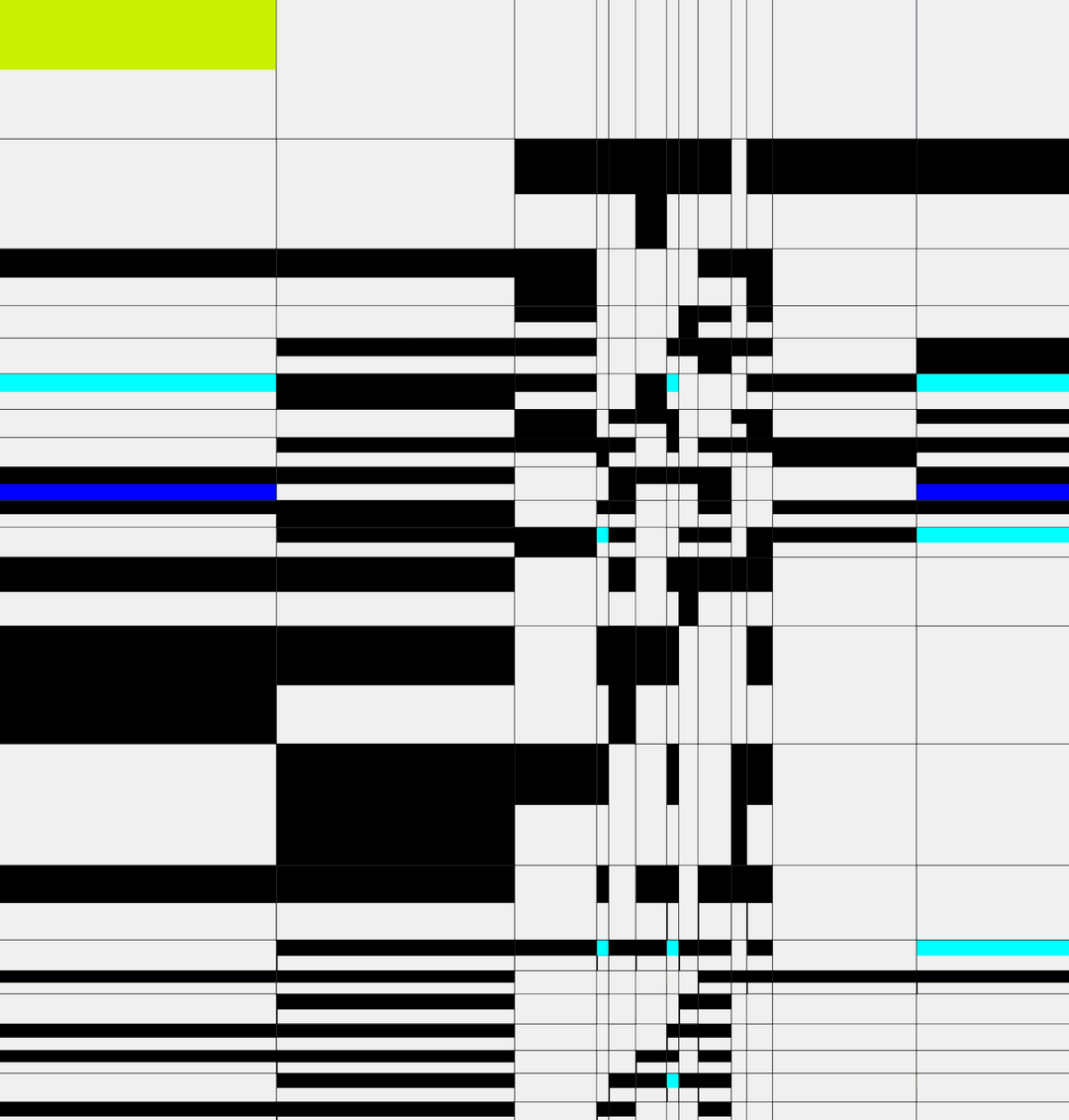

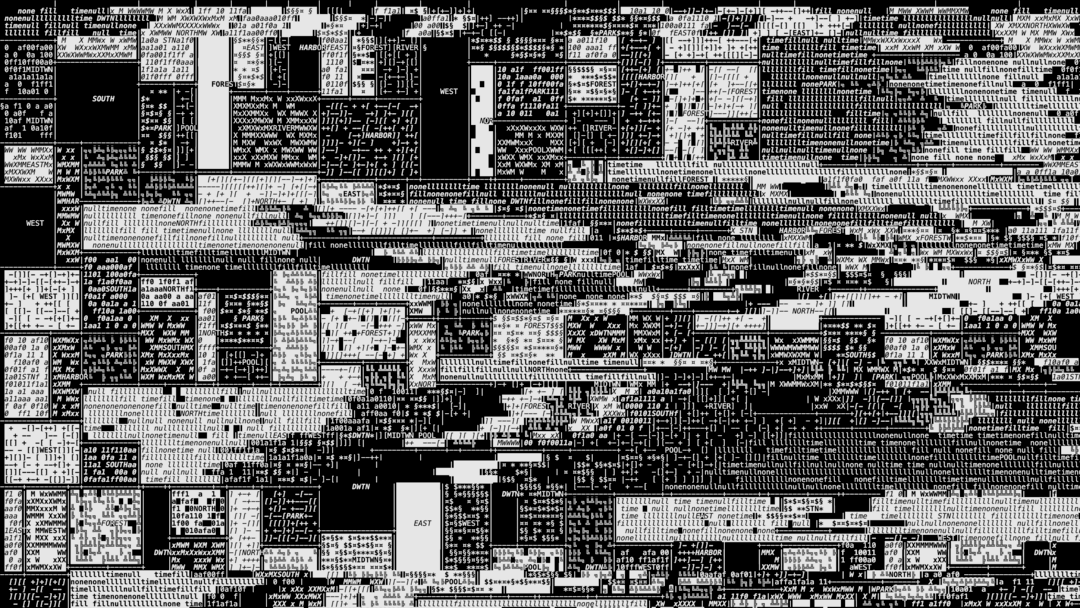
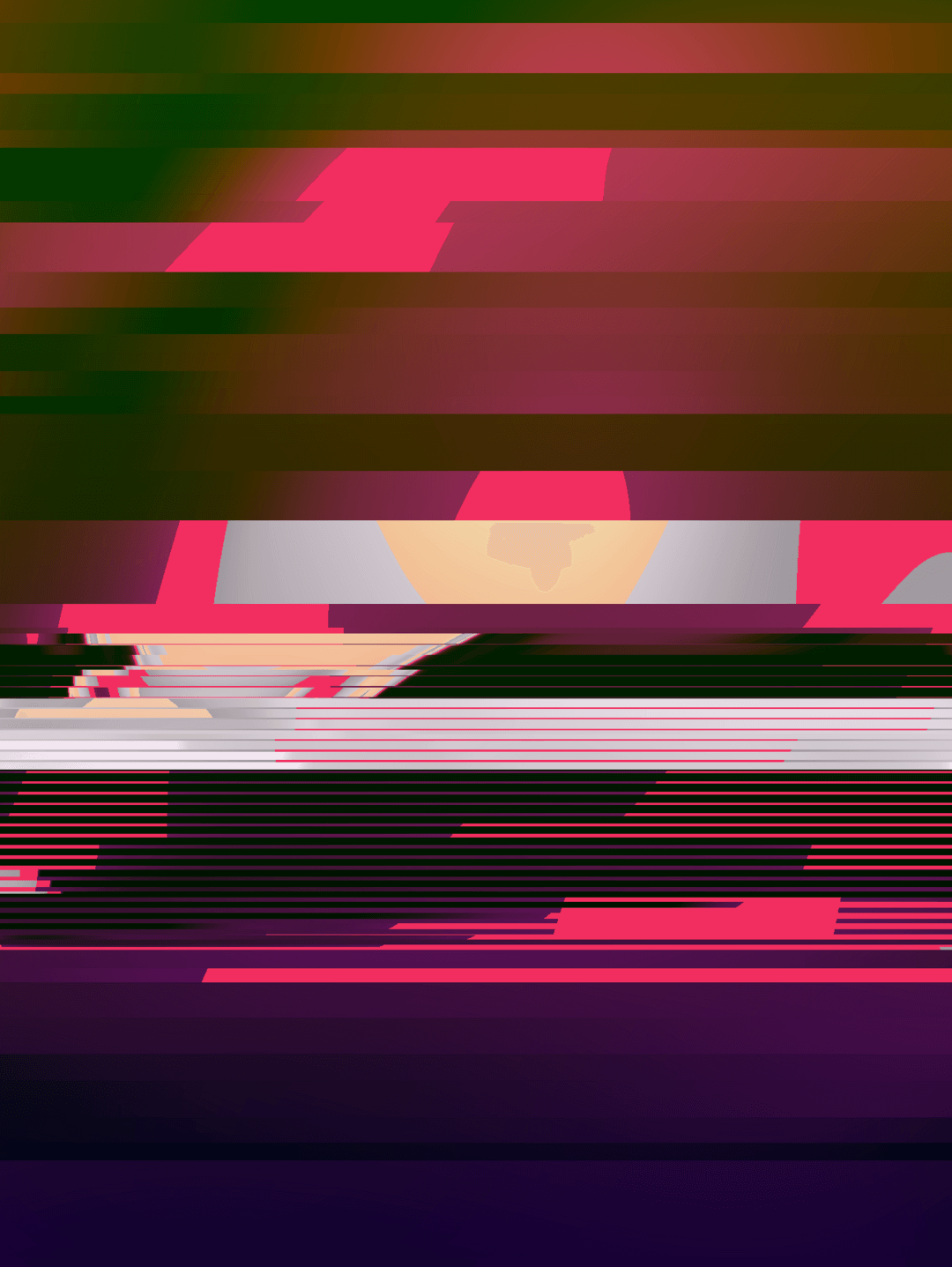
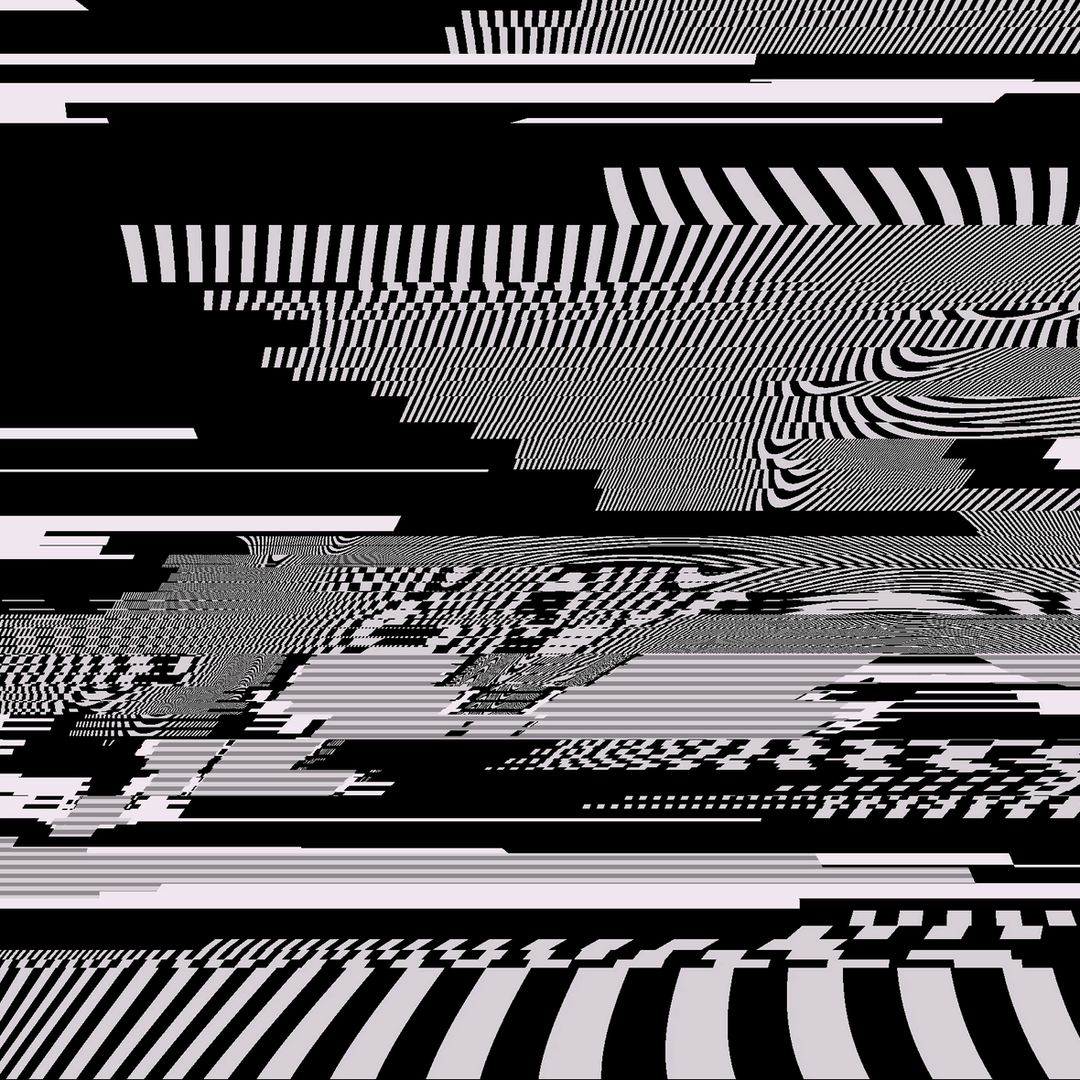
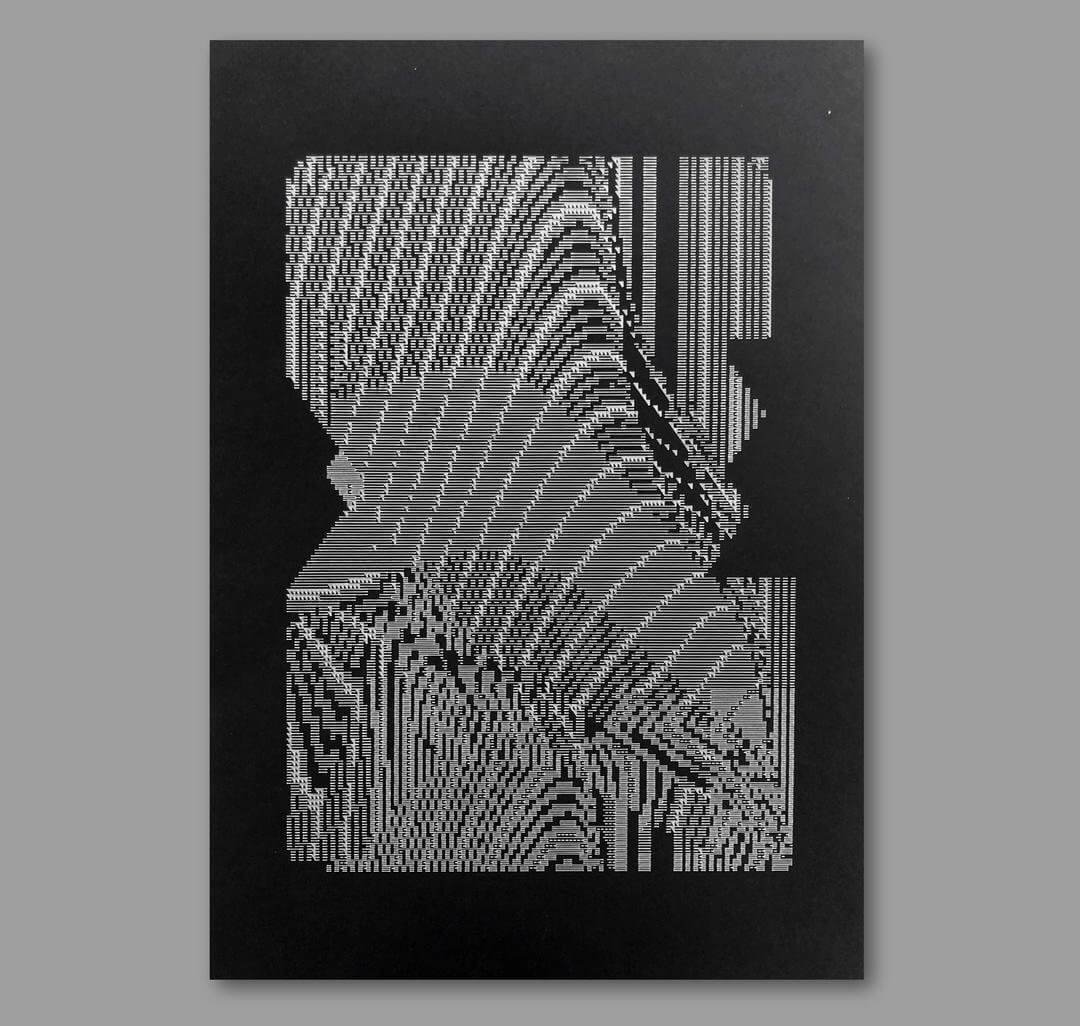
What Is one belief, insight, or idea that guides your creative process?
Within the creation process, I prefer functional components as opposed to merely aesthetic elements. With my works, I usually love to achieve a certain complexity during the ideation and sketching process, then try to reduce and minimize until there is nothing left to take away from the piece in order to convey its concept and message.
Can you tell us how you discovered Mixed art and what drew you into it?
I come from the experimental music and performance art background. With programming digital audio, I was fascinated by the possibilities one can make with waves, rhythms, densities and structures of sounds. I made many visual works that translated sounds into shapes. From there, falling in love of the shapes of algorithms, patterns and repetitions was just a small, and logical transition.
What do you think defines your style or creative approach, and how did you arrive at that identity?
I like works that are reflecting to the characteristics and limits of their own medium. If working with plotters, then I am interested in the language of lines, papers and the ontological structures of drawings. When working with digital media, I am interested in low level taxonomies, terminal aesthetics, text based interfaces, movements and the sounds of those artefacts. The screens and tools that we use are invented primarily for communication purposes, so I like to involve the syntactic elements of visual communications in my works.
How does a project usually begin for you? Do you have a creative ritual or structure you follow?
It depends on the work, over time I implemented several rituals. Practicing challenges like hackpact, codevember, genuary and the likes helped improving my visual consistency and style, while sitting in the studio, soldering, coding, debugging, or watching the plotter machine drawing for ages help me in getting into deep relationship with my works.
What tools or technologies do you use most, and how do they influence your visual language?
Today I mainly use javascript, webgl, webaudio for my works, since I am interested in realtime works that can be easily distributed along different contexts, through the web browser. When working with machines, robots, sensors, I really love to work with nodejs, openframeworks and sometime python. For multichannel sound generation and iOS development, I use Pure Data even until today, combined with the tools I described above. I love paper and drawing ideas by hand, this keeps my mental landscape organized.
Do you feel there Is a strong generative art scene? What would you like to see evolve in it
There are some interesting trends and waves come by and go time to time. I enjoyed the craze of 2021, when many people became interested in abstract art, blockchains and digital infrastructures. A very bold, global movement, without national borders. I would love to see more hand crafted algorithms, small, custom tools and projects, as opposed to the hype of the so called AI and its extractivist derivatives. I prefer community efforts on the human scale, custom tools and much more diverse software ecosystem than what we are heading to.
What advice would you give to someone who wants to start creating generative art but doesn’t know where to begin?
Try to bypass the noise and the overwhelming amount of stuff you see out there. Get inspired from the source. Go back to the roots. FInd how ancient cultures were using algorithmic procedures in their practice, and how it affected the art history and modern culture later on. Experiment, play, and experience nature. Walking, listening and taking a break are also part of the whole process.
Which artists or creators do you think are doing remarkable work and deserve much more recognition?
It would be too hard to start collecting them all together. I’m afraid I would leave out some. The greatest inspiration often comes from the people you’d least expect.

